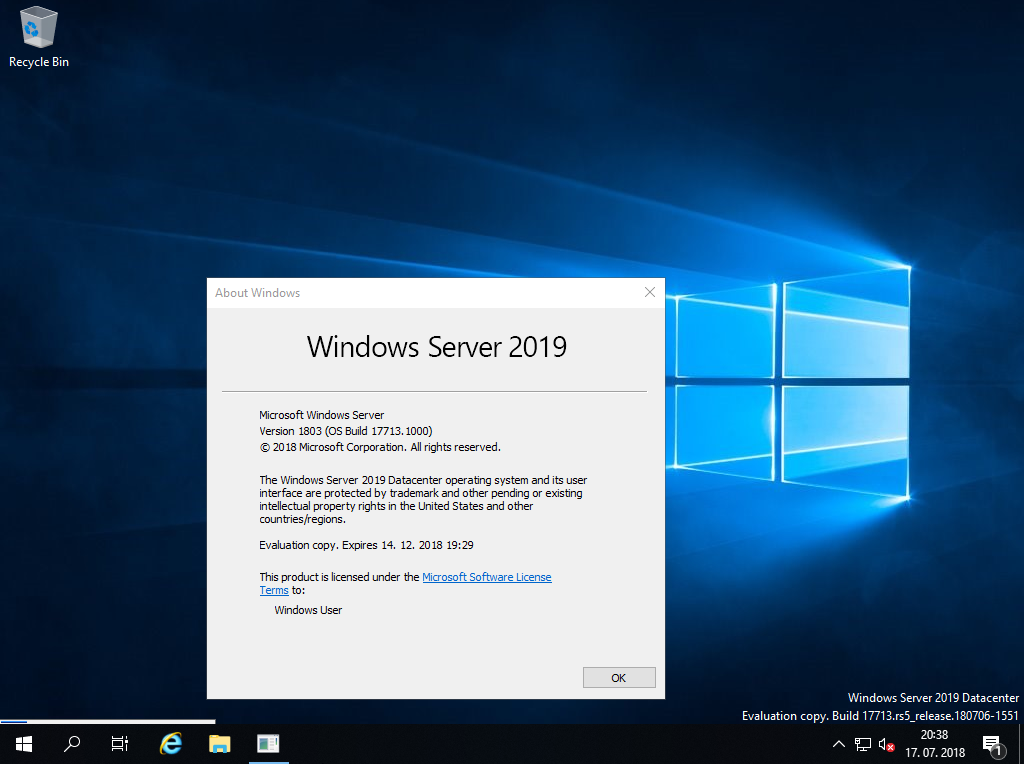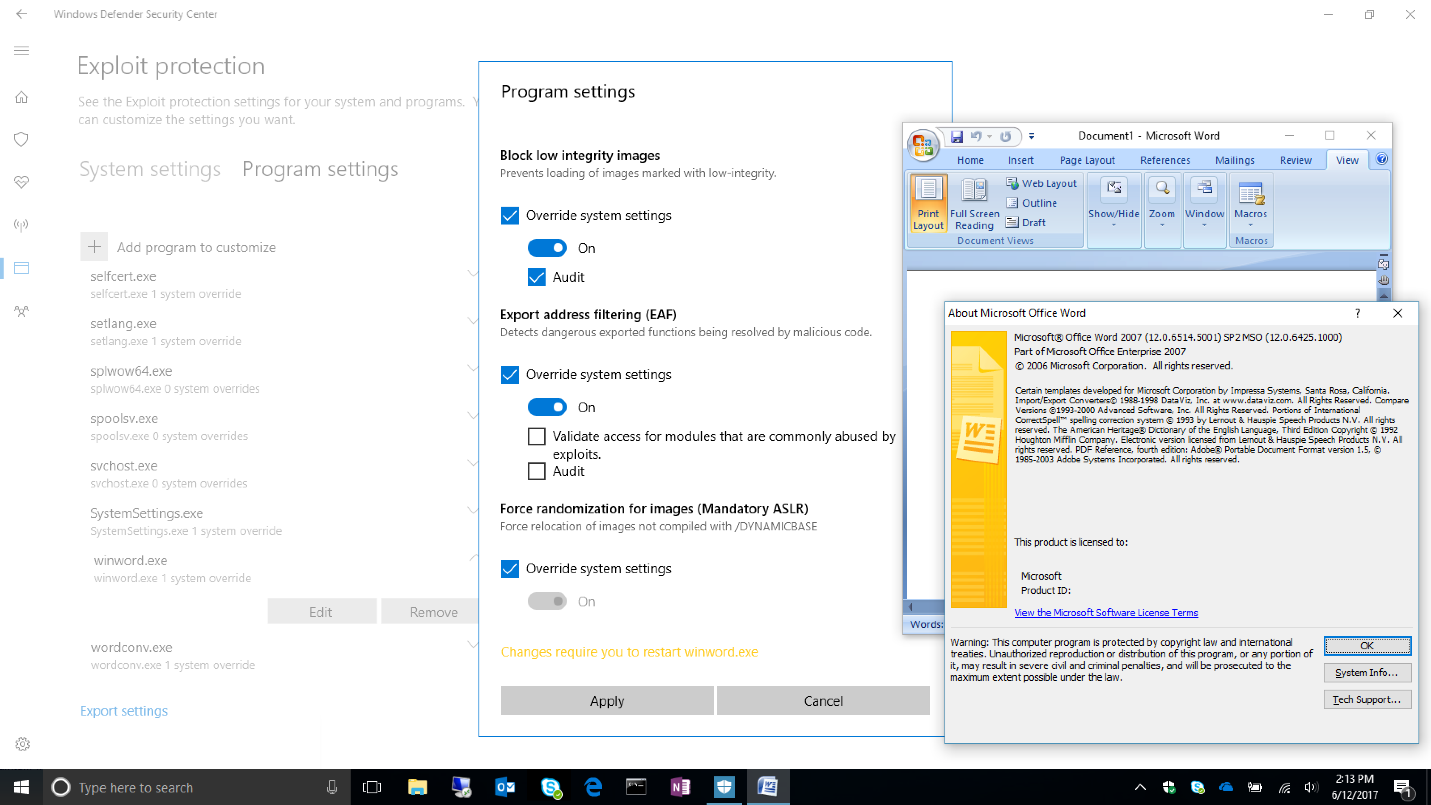Microsoft Windows Server 2019 is an operating system that bridges on-premises environments with Azure and adds additional layers of security to help you modernize your applications and infrastructure.
Windows Server 2019 is a cloud-compatible operating system that supports current workloads, while at the same time bringing forth fresh new technologies to make the transition to cloud computing way easier.

This server comes with new layers of security. The system adds many new layers of security as it borrows inspiration from Azure innovations to applications and infrastructure in transforming the way we do business.
Microsoft Server 2019 is designed for a physical or minimally virtualized server environment.
Jump to Section:
- Why Should I Buy CALs?
- Windows Server 2019 Licensing Model
- Azure Hybrid Use Benefits
- Windows Server 2019 Main Features
- Product Specifications
- General Features
- Windows Admin Center
- Desktop Experience
- System Insights
- Hybrid Cloud
- Security
- Windows Defender ATP Exploit Guard
- Virtual machine improvements
- Storage Improvements
Why Should I Buy CALs?
When a customer buys a Windows Server Standard or Datacenter, they do receive a server license allowing them to install the operating system on the computer. Note that the server software license by itself doesn’t provide the license right to permit anyone to connect to that computer. Instead, each user needs a CAL.
CALs are required by Microsoft licensing for all users or devices that access Windows Server. A user CAL is assigned to the user and allows that user to make use of multiple devices.
Windows Server 2019 Licensing Model
Windows Server 2019 licensing model makes use of both Cores + Client Access Licenses (CALs)
In terms of CAL requirements, each user who wants to gain access to a licensed Windows Server (Either Standard or Datacenter) requires a Windows Server CAL, or a Windows Server and an RDS CAL.
In accessing the Server, A Windows Server CAL allows this access to any edition of the Windows Server on the same or earlier version.
Note that each Windows Server CAL provides access to multiple licenses of Windows Server.
Azure Hybrid Use Benefits
The good news is that users will only pay the base to compute rate, instead of paying the full price for the new Windows Server virtual machine. Additionally, you will be ready to transition workloads to the public cloud by leveraging your existing investment in Windows Server.
The continuous innovation from Microsoft supports your development today and your product vision for tomorrow. The Azure Hybrid Use Benefits will allow you to bring your on-premises Windows Server license with Software Assurance to Azure.
With a commitment to open-source, and support for all languages and frameworks, you can build what you want to deploy, how you want to deploy, and where you want to.
You can operate hybrid seamlessly; on-premises, in the cloud, and at the edge. You can integrate and manage your environment with services designed for the hybrid cloud.
Product Specifications
- Includes 1 User Cal
- Supports 1 Local User/ 1 Concurrent Local Connection Per User License
- Digital Delivery, within 5-7 Business Days
- Runs on Windows
- Licensed for Personal and Commercial Use
- License Details: Open Business
- License Type: Perpetual
- License Term: Indefinite
- Platform Supported: Server
- Operating Windows Supported: Windows Server 2019
Windows Server 2019 Main Features
Windows Server 2019 is built on the strong foundation of Windows Server 2016 and brings numerous innovations on four key areas, which are; Hybrid Cloud, Application Platform, Security and Hyper-Converged Infrastructure (HCI)
General Features
Windows Admin Center
The Windows Admin Center is locally deployed, browser-based app for managing servers, hyper-converged infrastructure, and Windows 10 PCs. It comes with no additional cost beyond Windows and is ready to use in production.
Desktop Experience
Windows Server 2019 includes a Desktop Experience as it is a Long-Term Servicing Channel License. The releases do not include Desktop Experience by design, as they are strictly Server Core and Nano Servers.
System Insights
System Insights is a new feature coming with Windows Server 2019. It brings local predictive analytics that is native to Windows Server. The predictive capabilities are backed by a machine learning model that is responsible for locally analyzing Windows Server System data, be it performance counters and events, etc, and provides insights into the functioning of the servers.
Hybrid Cloud
There is the Server core app compatibility feature on demand. It is an optional feature on-demand that is available on a separate ISO and can be added to Windows Server Core installation and images only, by use of DISM. This feature has been done to increase functionality and compatibility of Server Core while keeping it as lean as possible.
Security
The most important security upgrade is the Windows Defender Advanced Threat Protection. The ATP’s deep platform sensors and response actions expose memory and Kernel level attacks and perform response by suppressing malicious files and terminating malicious processors.
Windows Defender ATP Exploit Guard

This is a new set of host intrusion prevention capabilities. There are four main components of Windows Defender Exploit Guard that are designed to lock down a device against a wide range of attack vectors. These components include; Attack Surface Reduction, Network Protection, Controlled Folder Access, and Exploit Protection.
Virtual machine improvements
Additionally, the server comes with various shielded virtual machine improvements. These include brand office improvements, troubleshooting improvements, and Linux support. There is HTTP/2 for a faster and safer web, which improves the coalescing of connections to deliver an uninterrupted and properly encrypted browsing experience.
Storage Improvements
In terms of storage, there are a couple of improvements. The storage migration service is a new technology that makes it easier to migrate servers to a new version of Windows Server. There is also Storage Space and Storage Replica log performance improvements.
In terms of container improvements, there is an improved integrated identity, better application compatibility, reduced size, and higher performance and managed experience using Windows Admin Center.